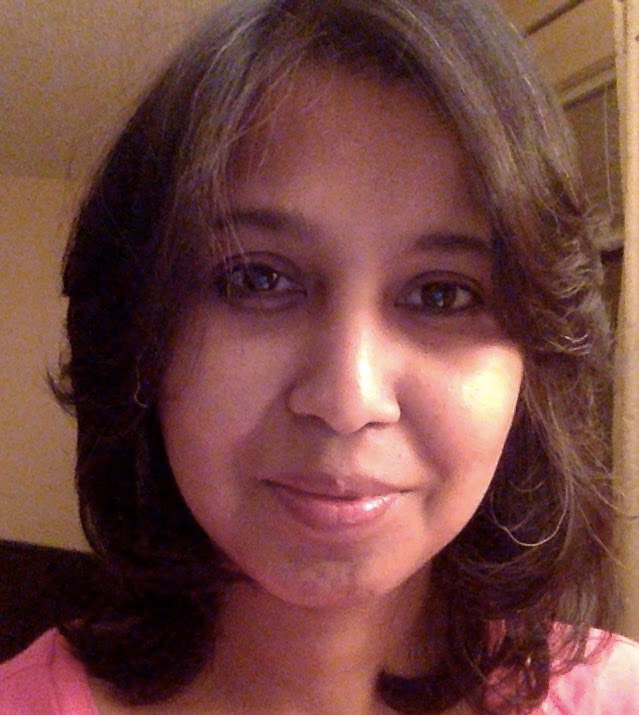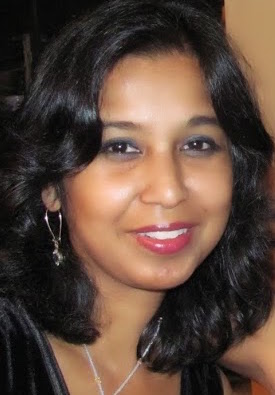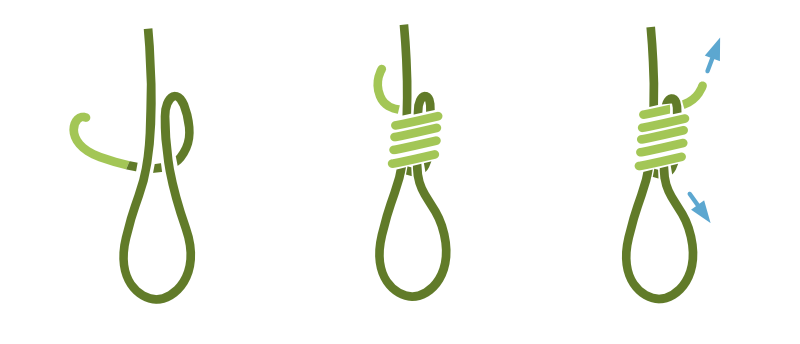By Rajashree Ghosh
INDIA New England Columnist
WALTHAM, MA–Youth activism in the form of anti war protests, opposing the draft and the Civil Rights movement represent social movements that changed histories especially in the United States. Black student activism in support of equality on campus, and supporting the creation of Black Studies programs, was significant piece of the college activism.

Moreover, activism around identity politics continued to play an important role in some universities, including struggle for Latino studies, Asian-American studies, and LGBT studies. We cannot ignore the surge in activism in the past few years around the Occupy movement and the extreme inequalities of wealth and power that this movement calls out, as well as the anti-globalization protests that preceded them. Dozens of campuses around the country became home to encampments and other versions of Occupy protest
In India as in other developing countries students have played an important and sometimes crucial political role. Asian students have a particularly long and active history of political involvement. India, China, Burma, Indonesia, Pakistan, and other nations have all seen nationalist upsurges in the 19th and 20th centuries in which university students and Western-oriented intellectuals have been active.
Many Asian nations, after achieving independence, have seen student and youth movements in opposition or as politically volatile elements in their societies. In a few nations, such as Turkey, South Korea, South Vietnam, and indirectly Indonesia, Pakistan, and Japan, students have caused governments to fall or political crises to take place.
The Indian student movement had been intricately woven into the nationalist movement. Gandhi’s non-cooperation movement in the 1920s called for students to boycott schools and colleges. Students gave the movement substantial backing and assisted political leaders in campaigns and communications against imperialists.
Scholars of student activism in India maintain that what rallied the students in pre-1947 was the idealism of independence. With that having achieved now 69 years, students are now grappling with religious, caste, linguistic particularism. More than uniting these issues stifle a mass movement of the kind that thrived earlier.
The news of a student’s (Rohith Vermulla) suicide in Hyderabad Central University opened up a plethora of discussion on caste politics, inequality, affirmative action, and mostly grief and a deep sense of loss for the young life taken all too soon. There has been localized outrage at extreme caste discrimination. Dalit (formerly untouchable caste) students, like Vermulla receive admission into educational institution through affirmative action quotas, a measure that was Constitutionally sanctioned for the centuries of historical wrongs against the community.
Many students of “Scheduled castes and tribes” arrive in campuses with deficiencies in education, and seeking to make a change. Most of them are first generation graduates, come from poor families – like Vemula, born of a father who works as a security guard and a mother who’s a tailor – and often struggle to fit in. Indian colleges and universities remain contested sites for academic excellence. With few seats, upper caste members have to present their achievements to merit admission and antagonize over the seats “given away” to those with less privileged backgrounds. The conflicts fuelled by factional politics only serve to excacerbate the fires of discrimination and hate.
Politics plays insidious roles in student activism. At the renowned Film and Television Institute of India (FTII) in Pune students went on strike for 139 days to protest the appointment of chairperson of the governing council. They were persistent in voicing their opinion against the appointment of television actor-turned-politician Gajendra Chauhan as Chairman of the institute by the Information & Broadcast. In their assessment the new incumbent is not qualified to be in that position and lacked “creative credentials”. Many student organizations such as All India Students’ Association (AISA), the Kolkata-based Satyajit Ray Film Institute and students at the Jawaharlal Nehru University (JNU) all came out in support of the striking students.
While the strike has ended it brought to light the possibilities of claiming what is right by the youth. There is a right to question, the right to receive information, and a right to work in democratic ways and conversely there is the duty of the powers that be to listen, share and function collectively.
Many of us who are not students and not studying in an academic institution might pass on these agitations as ruffian behavior or an aberration of sorts. However whether it is the Dalit students or those at FTII, they have specific goals, and point to the imminent need to make institutional changes. They may not have nationalist goals of the past but this may beg the question as to whether independence struggle provides a blueprint for students in the current times. And the answer may be that while raising the collective conscience towards relevant issues may arise from similar intellectual and emotional convictions, the issues themselves are changed.
To question a democratically elected government and its policy (not a foreign power) is a big difference. In effect we have localized activism(s) that illustrate the role the youth can play in determining paths nations can take. It might just be wise to stay, hear their voices – distant as they may sound, take a stand and even provide guidance to those that will have the reins of the nation tomorrow.
(Rajashree Ghosh, is a Resident Scholar at Women’s Studies Research Center, Brandeis University.)











